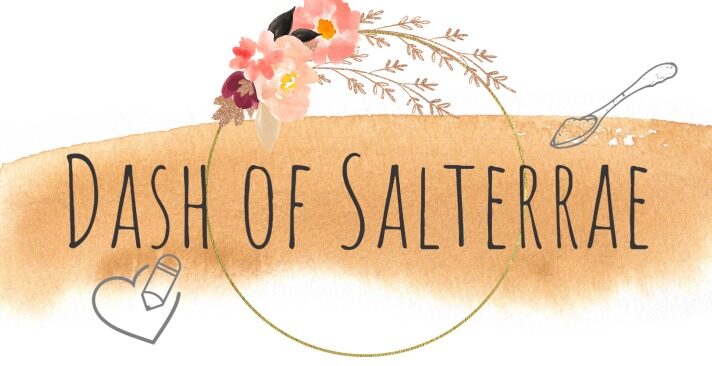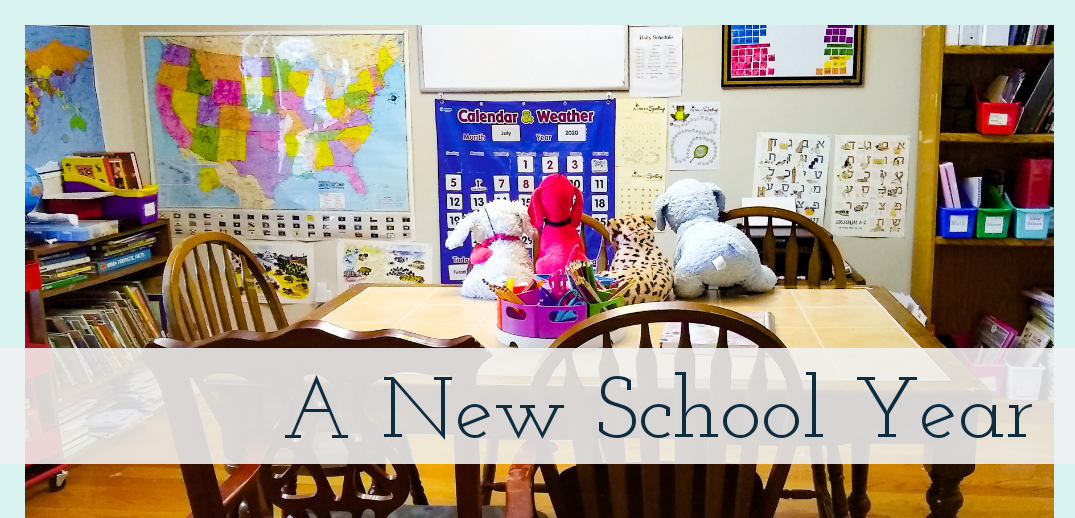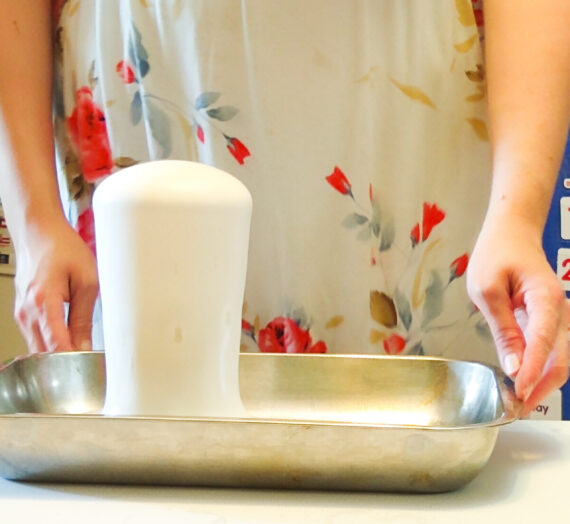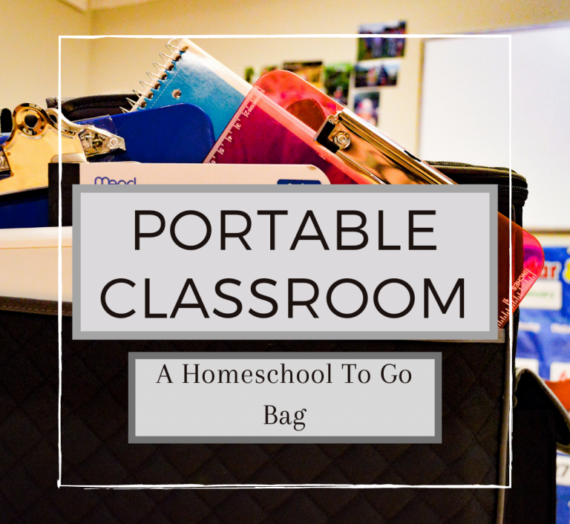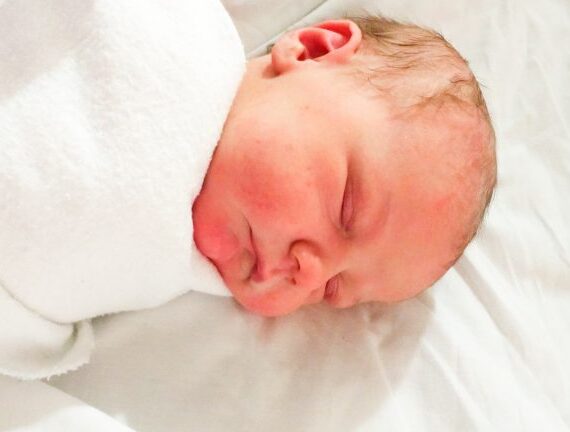When I first considered homeschooling, I felt certain we would follow a traditional schedule. I liked the idea of lazy carefree summers followed by the nostalgic feeling of back-to-school season in the fall. I wanted to imitate what I grew up doing. From the time my son started preschool through first grade, we followed a traditional schedule, and while it worked well, I did consider the various ways year-round school (which is now popular for many public schools in our area) could benefit both me and my kiddos. With multi-week breaks spread across 12 months, late winter/early spring burnout is potentially avoidable with a year-round schedule. It also allows us some stress-free wiggle room when we want to take out-of-season vacations. While I didn’t want to let go of a full “summer break”, I felt an inkling that the year-round schedule could serve us better. I just suppressed taking it seriously.
Then COVID 19 happened, and we found this summer completely turned upside down. No visits to the public pool. No karate camp. No vacations. No beach trips. No going out with friends. Even the playground is off-limits. Aside from a week-long trip to my in-law’s lake house (by ourselves), our entire summer is kept within the confines of our home, especially as a family with vulnerable health. The kids have consumed more screen time than I ever thought I’d allow, and we are all struggling with boredom.
I gave in and decided that If I’m curious about a year-round schedule this is the year to give it a try. If anything it will open up our time to enjoy freedom once we’re able to safely go out and about again. For now, it gives the kids and me something productive to do, and both “students” are excited to have the routine.
Now that I have a 6-year-old going on 7 in a couple of months, we finally filed our notice of intent with the state. That means we now have an official school name:
Salterrae Academy
.
What does that mean? How did we come up with that?
Well.
It’s Latin for “salt of the earth”, which we took from Matthew 5:13-16. Not only is this in reference to the foundational teaching of Yeshua’s (Jesus’s) sermon on the mount, but it’s the first Bible verse my kids memorize as we repeat it every Friday night at the beginning of the Sabbath. Once we came up with the idea, it felt right. It fit our family perfectly.
As far as our curriculum…
After doing this for a few years now, I’m really loving the collection of curriculums I’ve put together. I’m a modge-podge homeschooler, meaning I’ve built our classroom from a variety of sources, pulling each subject from individual curriculums specialized in their specific subjects. For those who haven’t found their homeschooling stride, I’ll go ahead and disclaim that this isn’t the only way to teach your kids. It’s also not necessarily the cheapest (though there are plenty of tips and tricks to save money), and many homeschool families get away with significantly less than this. Some homeschoolers do the “un-schooling” thing and use no official curriculum at all. Others love curriculums that are “all in one”. The options are endless. This just so happens to be our particular flavor of education.
After the first couple of weeks of school, I am truly loving my choices, and I can already see how these curriculums are going to give us a terrific year.
What exactly am I using, and why do I love them? Here’s what we’ve got:
Math U See (by Demme Learning): If there is one curriculum I swear by, it’s this one. My son adores math thanks to this curriculum, and although I grew up hating math I’m discovering a new appreciation for numbers after using this resource. I will never say a curriculum will work for everyone, but this is one I suggest new homeschoolers try if they’re in the market. The best part? There is literally no prep on my end. It’s 100% an open-and-go curriculum.
Science In The Ancient World (by Berean Builder’s Elementary Series): I wanted a simple, hands-on, and fun science curriculum for the early years. This is definitely everything we needed. I also love the unique structure of the series, which explores the chronological development of science over time. The first book focuses on the order of creation, with each of the seven units concentrating on the theme of each day (unit one explores the science of light, unit two water, unit three botany, etc.). From there you go through history. This year our focus is science from ancient periods, and next year we will move into the era of the scientific revolution. The best part about this curriculum is the fact that each lesson has a simple and stress-free experiment designed to use materials a household typically has on hand (or can easily get a hold of). Once again, very little prep on my end aside from looking over the experiments and making sure I have what we need.
ARTistic Pursuits: I wanted to include more art this year. My kids loved our visits to the art museum, and they especially love creating. Not only am I looking forward to a year of fun art projects, but this series focuses on art appreciation as well. And one of my favorite things? They give you a list of supplies necessary for the entire curriculum (or you can buy them in a package through the store). Once they’re purchased and set aside, I’m done with any preparation the lessons require.
Our 50 States (by Notgrass History): In the past, I was committed to Tapestry of Grace. I wanted to love it, but it’s just not the right fit for us. In a way, I felt relieved when I gave up on TOG because that left us open to Notgrass. We originally found them at a homeschool conference a number of years ago. Of course, as a history buff, I fell in love with their stuff, and I should have known we’d end up using their curriculum. It definitely has my mark of approval so far. We’ll begin our Notgrass journey with US geography starting in August. They just released this brand spanking new curriculum and we are one of the first to give it a try once they ship out! It looks very promising.
Before Five In A Row/Five In A Row: We are glued to this curriculum. I just can’t get away from it. In the earliest years, it provided most of what we needed, and now it remains a foundational aspect of our school even while we gather other curriculums on top of it. The concept is simple: each week is designed around a particular children’s book. Every day you incorporate a lesson from any variety of subjects based on a concept pulled from these stories. I love this curriculum in a way that will resonate with me forever. Does this curriculum require a lot of prep and setup? Well, that depends. It can be as little or as much as you prefer. Sometimes I contribute zero prep work, while other times I plan fun activities that require a little time. But that is completely up to your discretion, and it can change from one day to the next.
Evan-Moore workbooks:
These are great for a variety of ages! My daughter wanted her own set of workbooks for schoolwork, so I grabbed an alphabet book by Evan-Moor. They have a large variety of workbooks in any subject you can think of, and so far we’ve had a good experience with everyone we’ve tried.
Stick Figuring Through The Bible (by Grapevine Studies): For our Bible studies we use a simple curriculum that focuses on familiarity with Bible stories. As we go through the Bible, the kids illustrate the scenes through stick figure drawings. My favorite part about this group, however, is their focus on biblical holidays and the Jewishness of the Bible. I love using their curriculum, I love supporting them, and having spoken to them at a conference I’m excited about future developments they have in store (such as a PaRDeS program).
All About Spelling (by All About Learning Press): I’ve struggled with finding a stress-free yet effective way to teach spelling. However, as I researched these resources, I fell in love with the All About Learning programs. The curriculum dives into the intricacies of the rules which govern phonics and spelling (in fact, by middle school students using this program are expected to understand the Latin, Greek, and Germanic roots of our language). Yet the lessons are fun, interesting, and hands-on. I’m interested to see how much my son improves in spelling. And of course, I should mention that this is yet another curriculum that requires little effort on my part.
Handwriting Without Tears (by Learning Without Tears): I feel like every other homeschooler uses this curriculum. I ended up adding it last minute when I decided I wanted to include something that specifically developed handwriting. So far it’s been great! The lessons are simple and there really are no tears! (As you can guess, this is another open and go!)
GUM (by Zaner-Bloser): Of the curriculums we have, Grammar, Usage, and Mechanics is the curriculum I’m least committed to. That’s not to say we won’t find success with it. For the most part, I think it will work just fine. It’s a workbook, which my son actually enjoys, and it has a lot of depth I’m hoping he will pick up. We’ll see how it goes!
All About Reading (by All About Learning Press): Similar to the spelling curriculum from the same company, I adore All About Reading. From phonics to comprehension, this curriculum teaches all the important components necessary for effective reading skills. Also similar to All About Spelling, the lessons are hands-on and fun. So far my son has had a blast with the activities. And of course, as if you haven’t figured out by now that I prefer “open and go” curriculums, this one requires no preparation on my part.
Tiyulim: Journeys A Hebrew Primer (by Torah Aura Productions): In our family, we want to continue improving our Hebrew. This workbook is a gentle way to practice reading Hebrew while also building vocabulary.
I’m grateful that despite current events, our new school year is off to a great start. It feels good to have something normal and routine keeping us busy as we get through a tough time. For us, homeschooling was a decision we made before having kids, so the disruption COVID caused is minimal with regard to education. However, for many parents homeschooling is suddenly a rushed decision they are attempting to understand within the next couple of weeks. And honestly, I believe people are going to find they love it way more than expected.
I’ve received a lot of messages from friends who are considering homeschooling, and I’ve had many questions thrown my way as parents weigh their options. Now that we’re in the swing of our new school year, and I’m feeling refreshed and ready, I’ll share a number of blogs explaining my perspective of questions and concerns parents have asked with regards to homeschooling.

Originally Posted July, 2020
